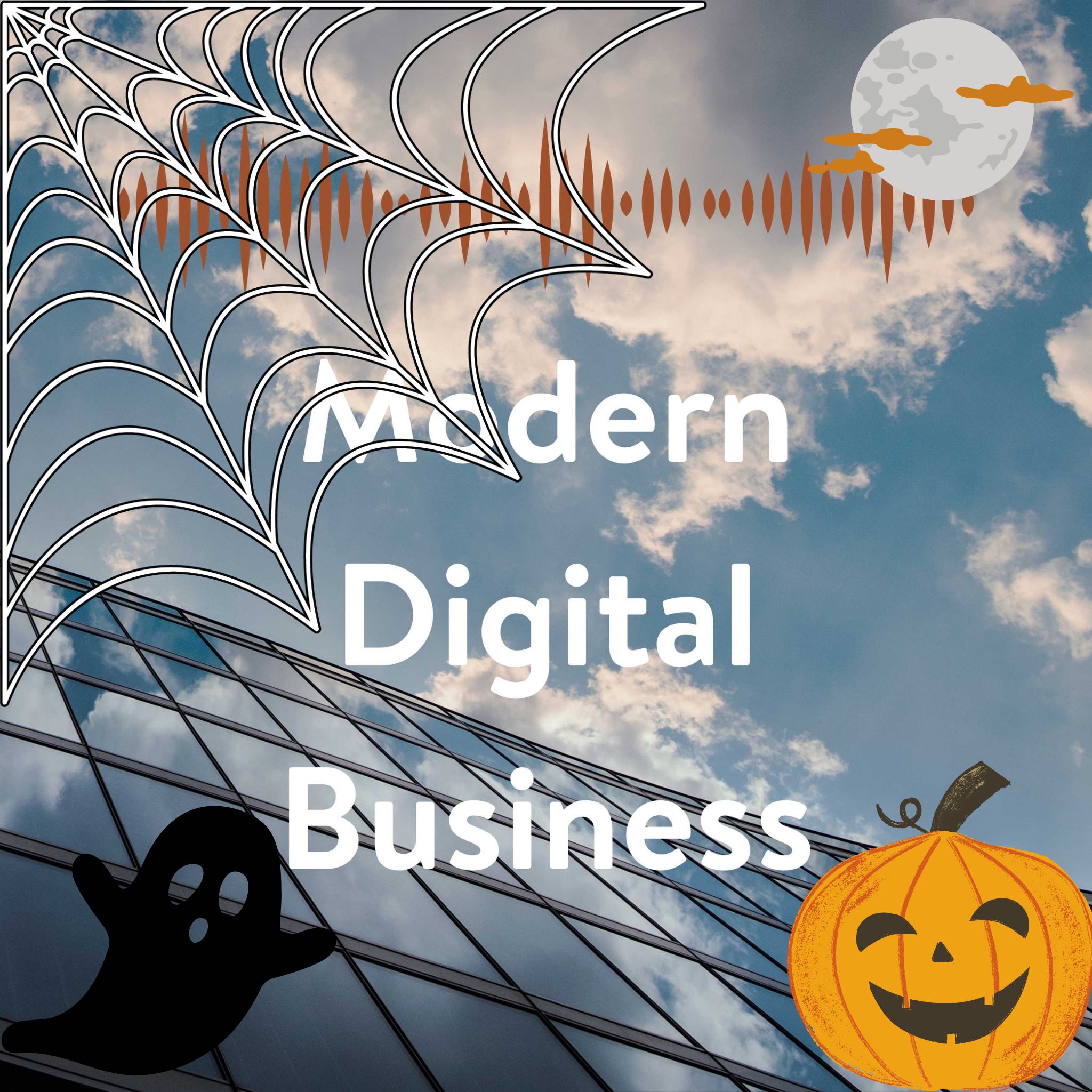Fortress in the Cloud
As modern applications grow more complex and valuable, their security becomes increasingly critical. Yet many organizations still operate with a flat security model—one breach and attackers gain access to everything. This approach is like building a house with a reinforced front door but paper-thin walls. How can you improve your application security to reduce your risk of attack? Use isolation zones. Isolation zones aren’t just a best practice—it’s the difference between a minor security incident and a catastrophic breach that makes headlines.

































